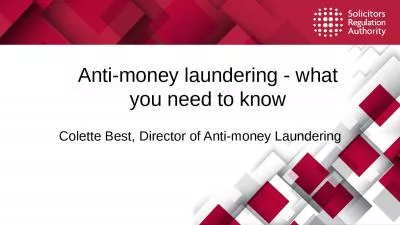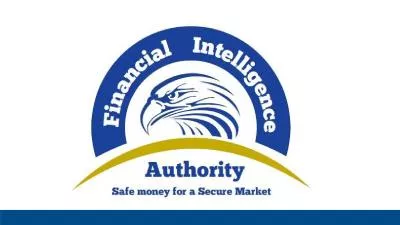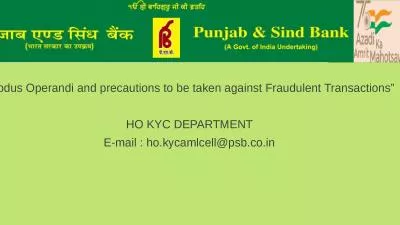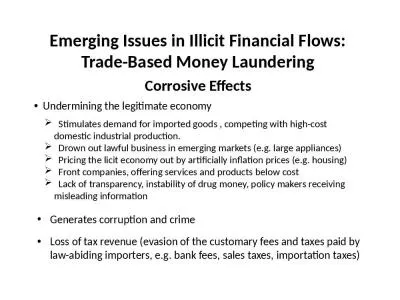PDF-Recommendations to prevent virtual currencies from being used for fraudulent purposes
Author : sherrill-nordquist | Published Date : 2017-04-02
REGULATING VIRTUAL CURRENCIES virtual currencies from being used for fraudulent purposes and money laundering Virtual Currencies Working Group June 2014 2 Background In
Presentation Embed Code
Download Presentation
Download Presentation The PPT/PDF document "Recommendations to prevent virtual curre..." is the property of its rightful owner. Permission is granted to download and print the materials on this website for personal, non-commercial use only, and to display it on your personal computer provided you do not modify the materials and that you retain all copyright notices contained in the materials. By downloading content from our website, you accept the terms of this agreement.
Recommendations to prevent virtual currencies from being used for fraudulent purposes: Transcript
Download Rules Of Document
"Recommendations to prevent virtual currencies from being used for fraudulent purposes"The content belongs to its owner. You may download and print it for personal use, without modification, and keep all copyright notices. By downloading, you agree to these terms.
Related Documents

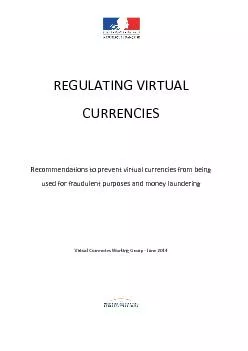
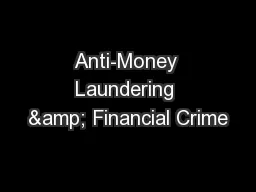


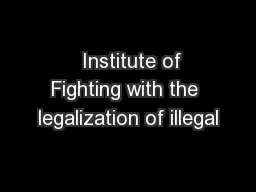

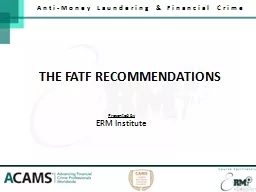

![[FREE]-How to avoid being fooled by fraudulent ads for adult video site beginners: One-click](https://thumbs.docslides.com/986702/free-how-to-avoid-being-fooled-by-fraudulent-ads-for-adult-video-site-beginners-one-click-scam-tricks-and-basic-knowledge-to-prevent-money-from-being-rolled-up-by-support-scams-japanese-edition.jpg)
